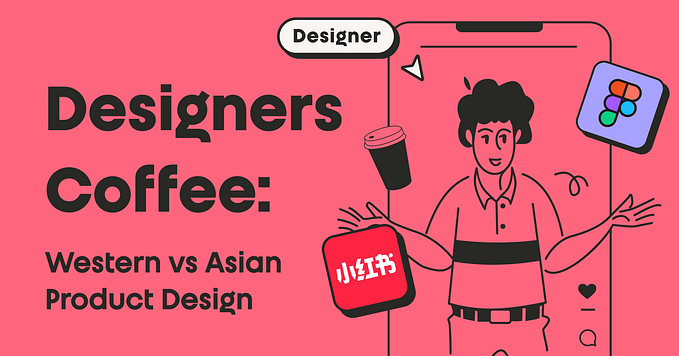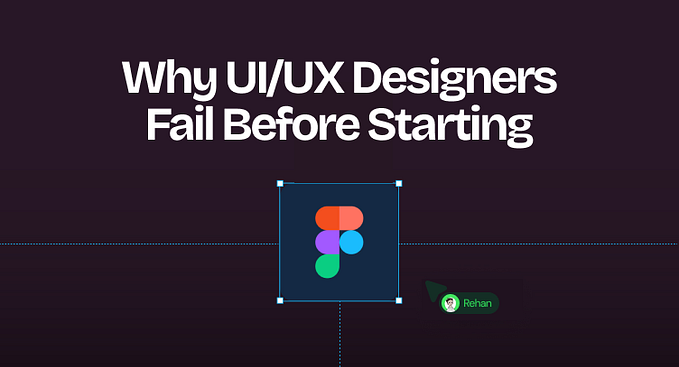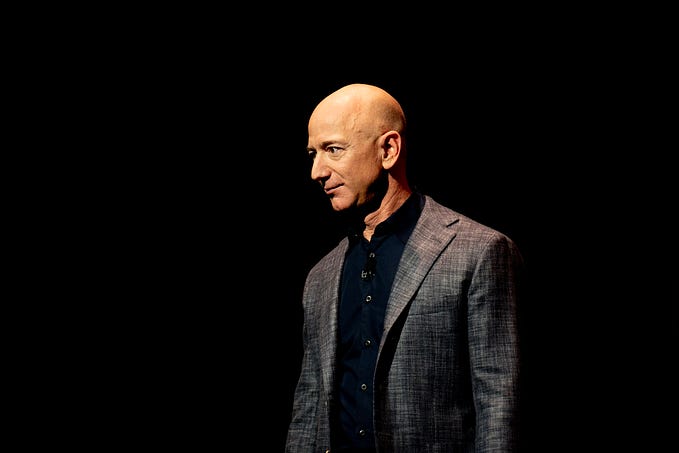Member-only story
Booking.com Loves Dark Patterns 🖤
A Dark Pattern is when a user experience tries to trick a user into doing something the company wants them to do.
Dark patterns can either be incredibly clever or horrifyingly terrible (maybe at the same time), depending on which side of the fence you sit on. There is a lot of psychology that goes into designing dark patterns, and they tend to work because it takes advantage of how users will naturally react or are trained to respond to other non-dark pattern user experiences (read about all of the dark patterns here).

Love it, or hate it, dark patterns exist and online travel companies (OTAs) like them. Different travel companies provide experiences which thrive on user’s anxiety by bombarding users with urgency messing around room scarcity/availability.
Some websites go as far as to take up valuable screen real estate on their search result page to show properties that aren’t even available. They do this to reinforce messaging that properties are booking up quickly and if you don’t book now, you’ll miss out.

Expedia.com follows a similar pattern to Booking.com where they highlight how quickly a user needs to book. I’ve also highlighted a…









